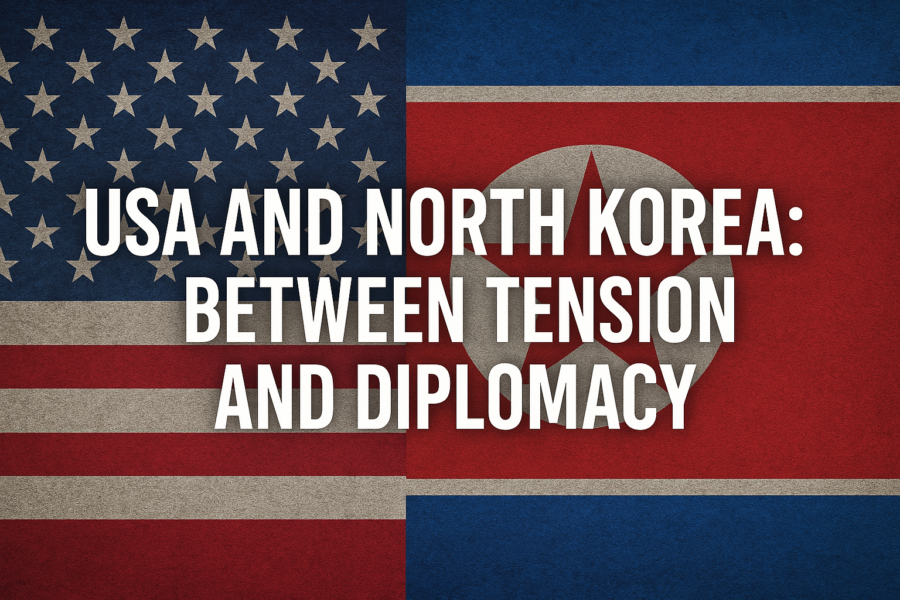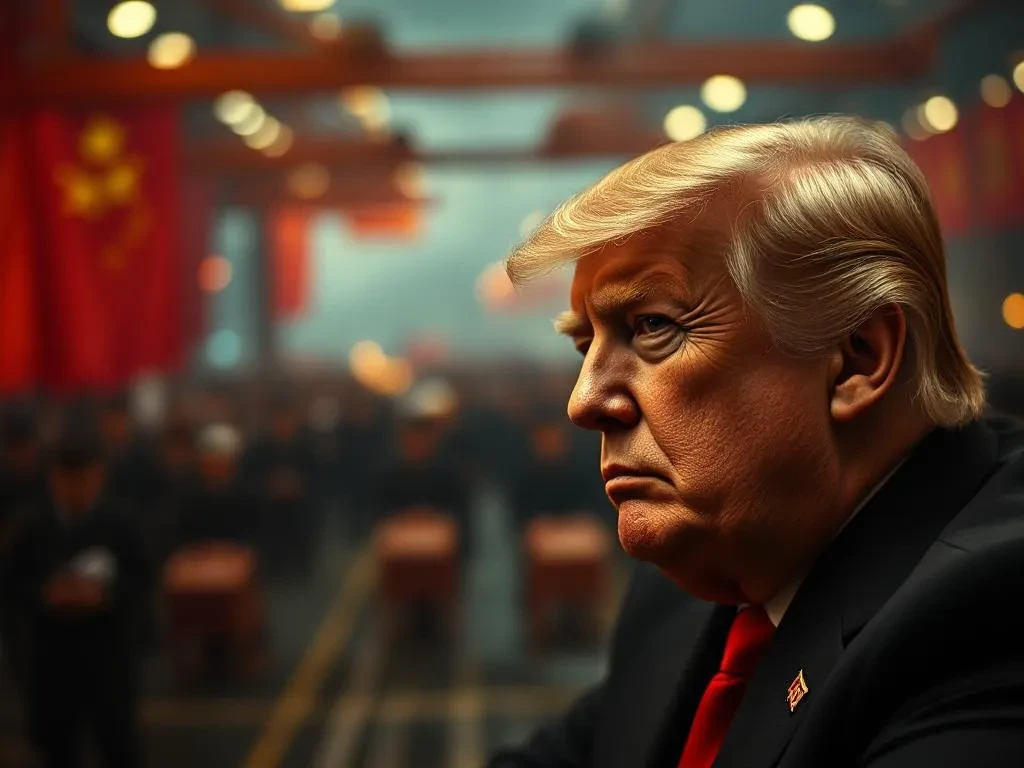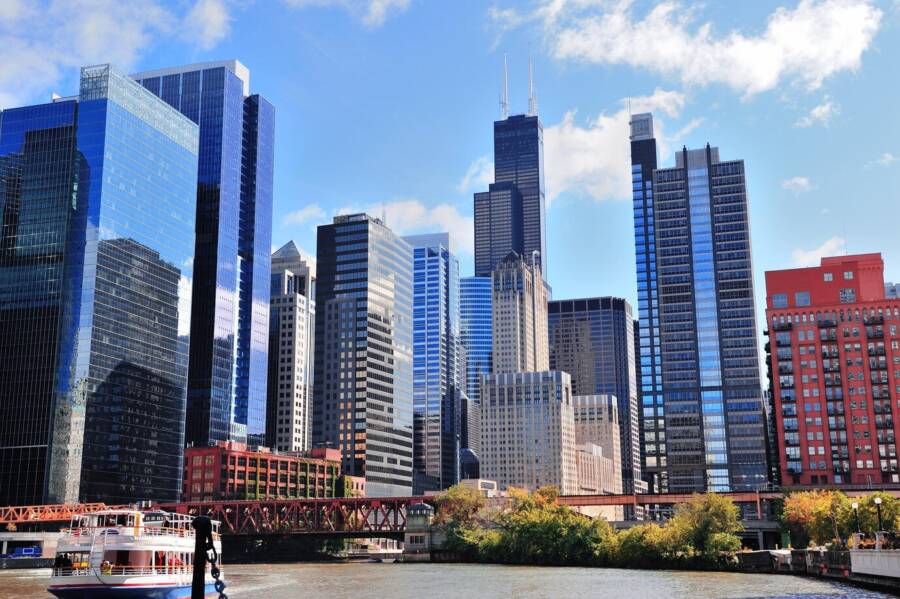Before Americans pick their future leader for the next five years in November, they first get to pick the candidates in a series of primaries and caucuses. To be honest, it’s quite a wonky process that has slowly evolved over the course of the country’s history and still evolves today.
Today, we’re going to discuss primaries and everything that will unfold this year before the big day. You might as well start researching now because time flies fast and it’s better to be well-prepared and do all the research than make the wrong decision. And if you still think that your vote doesn’t count, wake up! It’s 2024; we need everyone out there.
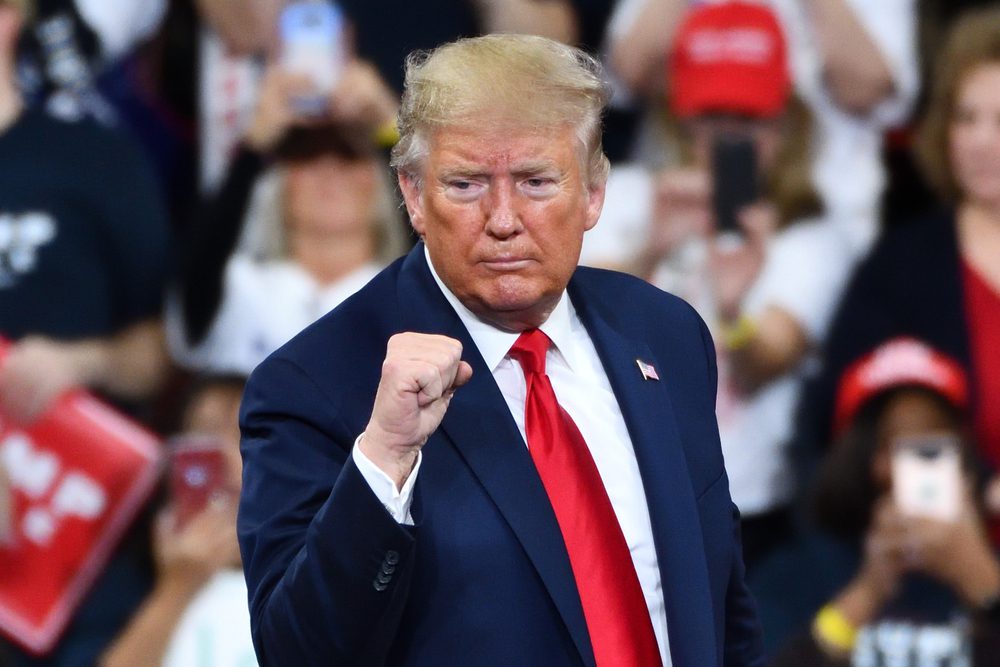
What is a primary, exactly?
A primary is an election meant to select future candidates, usually for a specific political party, to show up on the general election ballot.
Who is running in the primaries?
For Democrats, Joe Biden is the sitting president. He is running for reelection, which makes him the incumbent candidate. It’s worth noting that incumbents rarely face serious competition. There are some Democrats that might represent a challenge in the Democratic primaries, such as Republican Dean Phillips of Minnesota and author Marianne Williamson.
However, they haven’t yet generated too much support; at least that’s what has been showing in the opinion polls. For Republicans, former President Donald Trump has long been the front-runner, which means that he appears in polling to have a lead over five other candidates who are still in the race. As a former president, he also projects some of the power of an incumbent, even if he lost the last election.
This is probably the first serious campaign led by a former president for his party’s nomination since Teddy Roosevelt tried and failed to reclaim the Republican nomination in 1912. Of course, anti-Trump Republicans seem to be interested in two main options: former South Carolina Governor Nikki Haley and Florida Governor Ron DeSantis.
In between these two, Haley has polled way better in New Hampshire, and DeSantis is mainly focused on Iowa. Former New Jersey Governor Chris Christie, entrepreneur Vivek Ramaswamy, and former Arkansas Governor Asa Hutchinson had more issues gaining this kind of support.
Who can vote in a presidential primary?
It varies depending on the state. Primaries are mainly conducted in polling places, like other types of elections. However, some states have these “open primaries,” which means that any registered voter can easily vote in either the Democratic or Republican primary.
Other states also have “closed primaries,” which means that only people registered in a particular political party, usually either Republicans or Democrats, can vote in that party’s primary. Others offer voting day registration, which basically opens the primaries to most registered voters.
When do the presidential primaries occur?
The first date on the presidential primary calendar is January 15, even if that’s not technically meant for a primary. In Iowa, Republican Party members will gather at certain events known as caucuses, where they will listen to speeches from campaign supporters and then vote for the candidate they prefer. Unlike primaries in other states, such events are often overseen by state parties, and they aren’t conducted like normal elections.
Democrats might also gather that day in Iowa, but their vote for president will be conducted by mail, ending on March 5. In certain states, presidential primaries are mainly conducted on one date, and primaries for other offices are also conducted later in the year. Right after Iowa, New Hampshire will hold the “first-in-the-nation” primary on January 23, even if Democrats aren’t sanctioning the event.
Democrats will wish for their first official primary to take place on February 3 in South Carolina, which is way more racially diverse, and the first place Biden won a primary in 2020. Then, Nevada will follow on February 6. The calendar spreads out from this point. Also, Republicans will compete in caucuses in Nevada and the US Virgin Islands on February 8, but also in South Carolina on February 24.
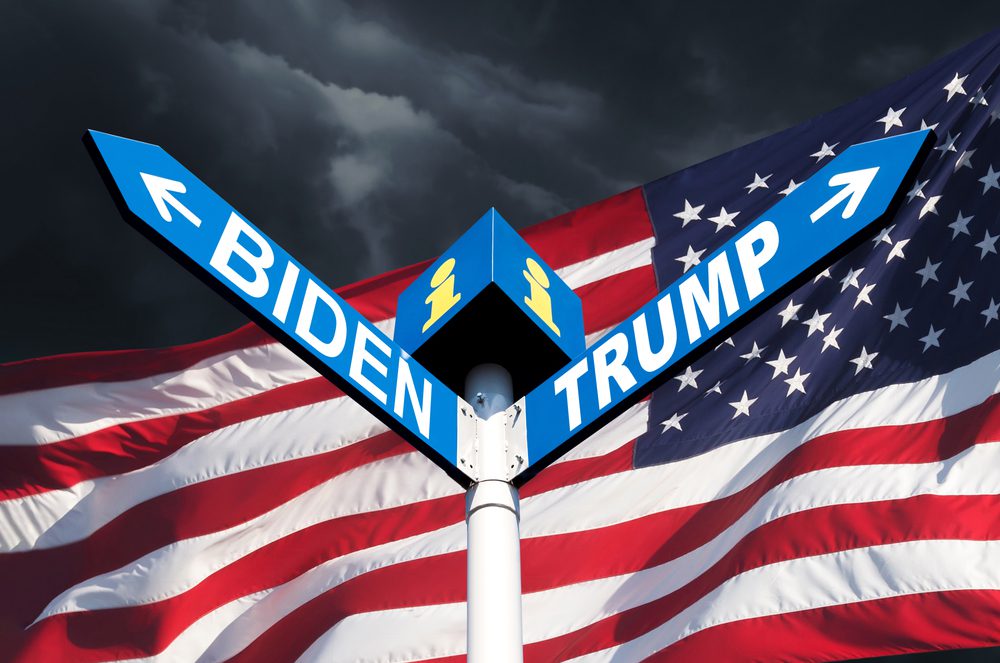
Do the winners in Iowa and New Hampshire generally win the party’s nomination?
Well, not necessarily. In 2020, Biden didn’t manage to win either Iowa or New Hampshire, but his campaign got a complete reset in South Carolina. He ended up as the Democratic nominee and ultimately in the White House.
In 2016, Donald Trump lost Iowa but won New Hampshire, having a very similar trajectory to his fellow Republican Mitt Romney in 2012. In 2008, Democrat Barack Obama won Iowa but lost New Hampshire.
Republican John McCain also lost Iowa that year but won New Hampshire. The last candidate who won both in Iowa and New Hampshire and went on to the White House was Democrat Jimmy Carter in 1976, even if he technically placed second in Iowa, behind “uncommitted.”
If more candidates win party primaries in various states, how do they decide who is the ultimate presidential candidate?
Voters cast ballots for candidates, but they’re truly selecting delegates for the party conventions, which take place right over the summer. Delegates could either be apportioned through a winner-take-all system, which would mean the top candidate in a state’s primary gets all the delegates, or they could be apportioned proportionally to the primary election results.
Some states have thresholds where every single candidate who gets over a certain amount of the vote (it can be 20%) could be entitled to delegates. Democrats these days usually apportion their delegates proportionally.
Republican rules this year usually require that states with primaries and caucuses before March 15 apportion delegates in a rather proportional fashion. States with primaries and caucuses after that date could switch to a winner-take-all format.
When will we know exactly which candidate has enough delegates to be the party’s nominee?
Well, we’ll have to see how the primaries unfold. You want to keep an eye on Super Tuesday, March 5. While there won’t be enough delegates on the table to clinch those nominations, that’s also the night with the largest pot of delegates, where Republicans in 16 states and territories might vote for the president.
It could even take until May or June for one candidate to secure enough votes and win his or her party’s nomination. The last presidential primaries will take place on June 4.
What happens if no candidate gets a majority of delegates in primaries?
Delegates are generally required to be “bound,” which is a Republican term, or “pledged,” which is the Democratic version of a particular candidate. A small portion of delegates in some states are “unbound” (obviously, on the Republican side).
These few delegates can support whomever they decide to at the outset of the convention. Democrats have “unpledged” delegates, but they don’t cast ballots in the first round of voting on the convention floor, especially if they could impact the outcome.
If there’s no clear majority winner after the delegates vote, they might go to additional rounds of voting, where the bound delegates are unbound, so they can ultimately select the nominee. This is also known as “broken convention.”
How did this process come about?
It has mainly evolved over the course of the country’s history. Before, it used to be congressional delegations that would select presidential candidates. The first election for which there were political conventions for party members was back in 1832, when Andrew Jackson won the White House.
The very first convention was held by a short-lived and long-defunct anti-masonic party. The move toward focusing on primary elections and making the system more democratic was initiated right after an episode of violence that occurred at the Democratic National Convention in Chicago in 1968, when party leaders had opted for then-Vice President Hubert Humphrey over anti-war candidate Eugene McCarthy.
Where and when are the 2024 conventions?
The Republican National Convention runs July 15–18 in Milwaukee, and the Democratic National Convention runs August 19–22 in Chicago.
Are there primaries that aren’t as focused on political parties?
Yes, but not when it comes to the presidency. A growing number of states are now experimenting with nonpartisan primaries, where all voters and candidates take part in one primary election, and the top finishers, no matter which party affiliation they are, square off on Election Day.
These nonpartisan primaries, which feature in statewide races for Senate and governor but also for House races, aren’t used in the presidential election. California, Nebraska, and Washington use the top-two system.
Moreover, Alaska has a top-four system, too. Louisiana has the well-known “jungle primaries.” All candidates for local, state, or even federal office are listed on the Election Day ballot. If no candidate gets a majority, the top two finishers will take part in a runoff.
Will there be presidential candidates from third parties?
In this case, yes. The Green Party will probably have a presidential candidate on the ballot in the wide majority of states, and the Libertarian Party expects to be on the ballot in all 50 states. These parties will probably select their nominees at their own convention.
If you want to know the entire history of how presidential primaries have unfolded in our country, we recommend you read this book.
If you’re eager to find out more, we also recommend reading: One Year Before 2024 Elections: Biden Trails Trump in Key States



